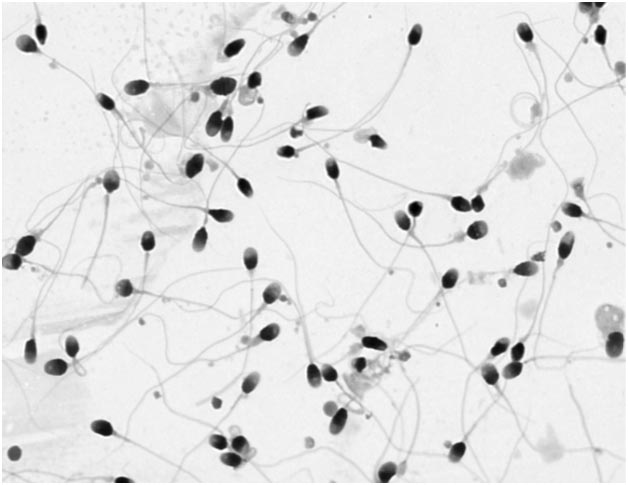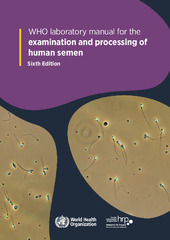Emerging Trends and Treatments in Andrology :
From Recombinant Hormones to Environmental Impacts on Reproductive Health.
The field of andrology has seen significant advancements over the past decades, with new research shedding light on the complex factors affecting male reproductive health.
From groundbreaking treatments for male infertility to the identification of external factors impacting fertility, the scope of andrology research is broad. This article aims to explore critical areas within this field, including the use of recombinant hormones and phosphodiesterase inhibitors in treating male infertility, the influence of environmental and occupational factors on reproductive health, advancements in imaging modalities, the standardization of semen analysis, the interconnected nature of hypogonadism and infertility, and the correlation between life expectancy and serum testosterone levels in aging men.


Standardization of Semen Analysis.
The diagnosis of male infertility has been challenging due to variability in semen analysis results; however, an accurate and reliable diagnosis can be ensured by implementing standardized, ed automated systems and stricter quality control measures. Who manual on semen analysis 6th edition made a world of difference.
Phosphodiesterase Inhibitors for Male Factor Infertility
Phosphodiesterase (PDE) inhibitors, commonly known for their role in treating erectile dysfunction, have also shown promise in improving male fertility. By enhancing blood flow and endothelial function, these medications may improve semen parameters, thus increasing the chances of natural conception.
The Role of Environment and Occupation in Reproductive Health
Recent studies have highlighted the significant impact of environmental toxins and occupational hazards on male fertility. Exposure to certain chemicals, heavy metals, and radiation has been linked to reduced sperm count and motility, emphasizing the need for increased awareness and protective measures in the workplace and beyond.

New Imaging Modalities in Andrology
Advancements in imaging technologies have greatly enhanced diagnostic capabilities in andrology.
High-resolution ultrasound and MRI techniques now allow for more precise assessments of the male genital tract, aiding in the identification and treatment of conditions that may affect fertility.
Recombinant Hormones in Male Infertility
Recombinant hormones have brought about a revolution in the treatment of male infertility, offering new hope to couples who face difficulty in conceiving. These recombinant hormones are designed to replicate the body’s natural endocrine signals and have been instrumental in addressing issues related to hormonal imbalance that can lead to reduced sperm production and quality.
Hypogonadism and Infertility: An Interconnected Issue
The link between hypogonadism, a condition characterized by low testosterone levels, and infertility underscores the complexity of male reproductive health. Understanding this connection is vital in developing comprehensive treatment plans that address hormonal balance and fertility outcomes.
Life Expectancy and Serum Testosterone in Aging Men.
Emerging research suggests a correlation between life expectancy and serum testosterone levels in men, with implications for aging and overall health. This relationship highlights the importance of monitoring and managing testosterone levels as men age, as they can potentially affect longevity and quality of life. Recent studies indicate a link between the life expectancy of aging men and their serum testosterone levels. This correlation emphasizes the significance of monitoring and managing testosterone levels in men as they age, as these levels may significantly impact their quality of life and longevity.
Conclusion
The field of andrology is at the forefront of understanding and treating male reproductive health issues. By focusing on the latest treatments and recognizing the role of external factors, the medical community can offer more effective care and hope to those affected by these complex conditions. As research continues to evolve, it is essential to integrate new findings into clinical practice, improving outcomes for men worldwide.
